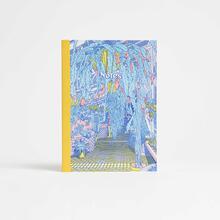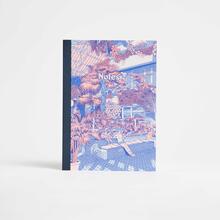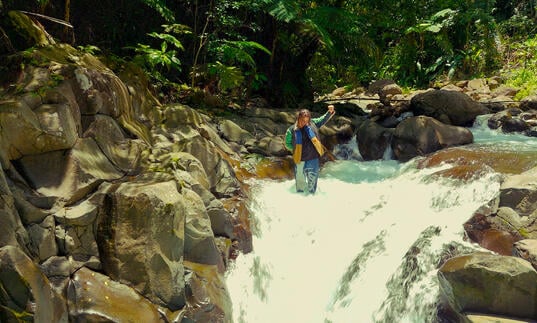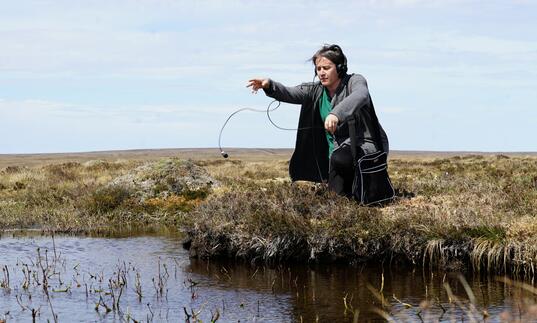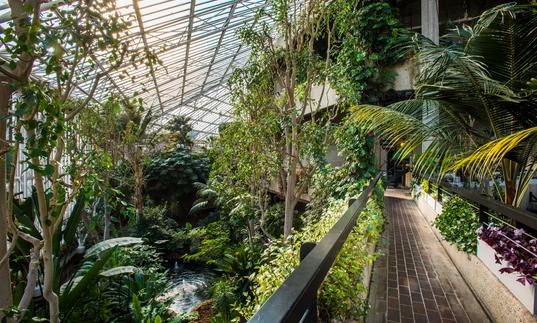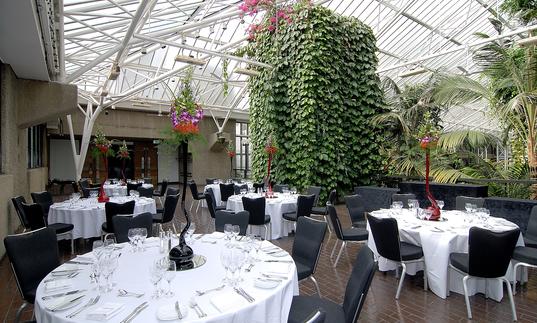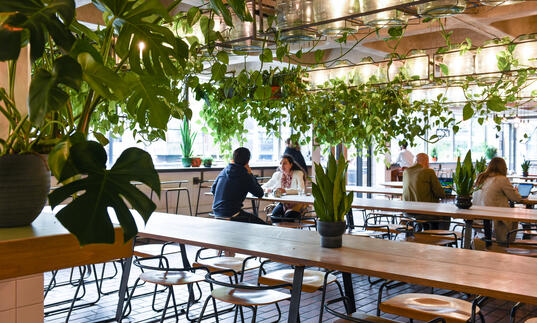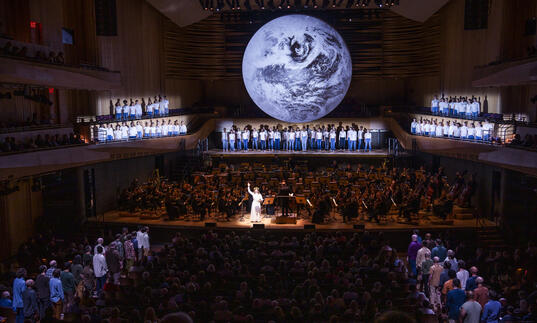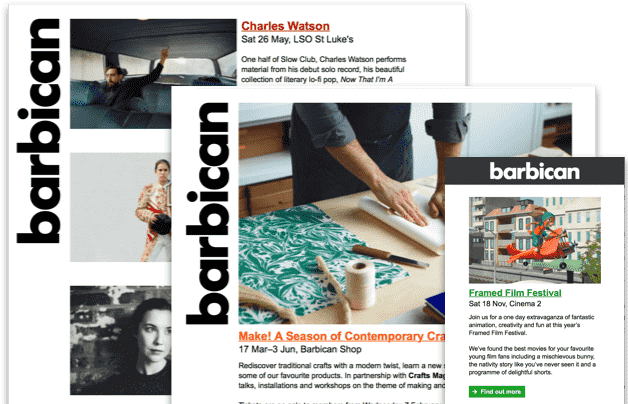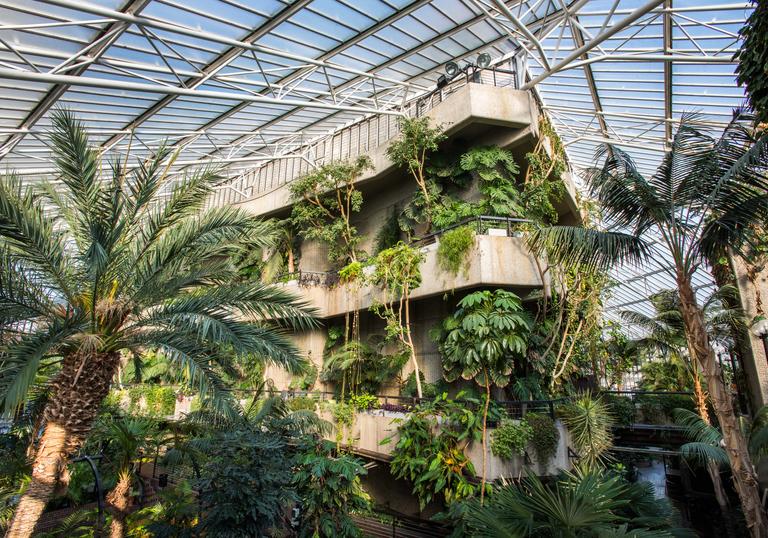
Be the first to hear
Join our Conservatory waiting list and we'll email you with notice of any new tickets going on sale
When are tickets released?
Admission to the Conservatory is ticketed and free. Select the Check Dates and Book button for the latest opening dates and times.
If you're unable to attend, you can return your free tickets through Orders and Tickets section in your account.
Join our waiting list to find out when new tickets are available.
The Barbican was designed to be different
Our exhibitions are just the same
Shop
Donate today
Admission to our Conservatory is free. Please help us keep our programme and public spaces accessible to everyone by making a donation today.
Conservatory facts
- The Conservatory was designed by the Barbican’s architects Chamberlin, Powell and Bon, and surrounds the Barbican Theatre’s fly tower, from which scenery for productions taking place on the stage six stories below is lowered into place.
- The roof is constructed of steel and glass and covers 23,000 square feet, providing cover for over 1600 cubic metres of soil, all of which was hand mixed to a specific requirement.
- Two of the three pools accommodate koi, ghost, and grass carp from Japan and America, as well as other cold water fish such as roach, rudd, and tench, whilst the other smaller pool (located outside the Arid House) provides a safe haven for terrapins.
- Planted between 1980 and 1981, and opened in 1984, the Conservatory now houses around 1,500 species of plants and trees, some of which are rare and endangered in their native habitat. The species are a vibrant mix of temperate and arid types ranging from areas as diverse as the rocky deserts and bushland of South Africa to the coastline of Brazil.
- A varied assortment of the extraordinary flora from around the world includes the iconic tree fern, date palm, the Swiss cheese plant, and coffee and ginger plants all under one roof.
Conservatory
Location
The Barbican Conservatory is located on Level 3, if you’re coming from inside the main Barbican building.
From the Barbican highwalks, follow signs to the ‘Barbican Centre’. Walking from Barbican tube station, you’ll see a steps with ‘Art Gallery’ above them, these will lead you up to the Sculpture Court where you'll see a sign for the Conservatory.
Address
Barbican Centre
Silk Street, London
EC2Y 8DS
Public transport
The Barbican is widely accessible by bus, tube, train and by foot or bicycle. Plan your journey and find more route information in ‘Your Visit’ or book your car parking space in advance.
